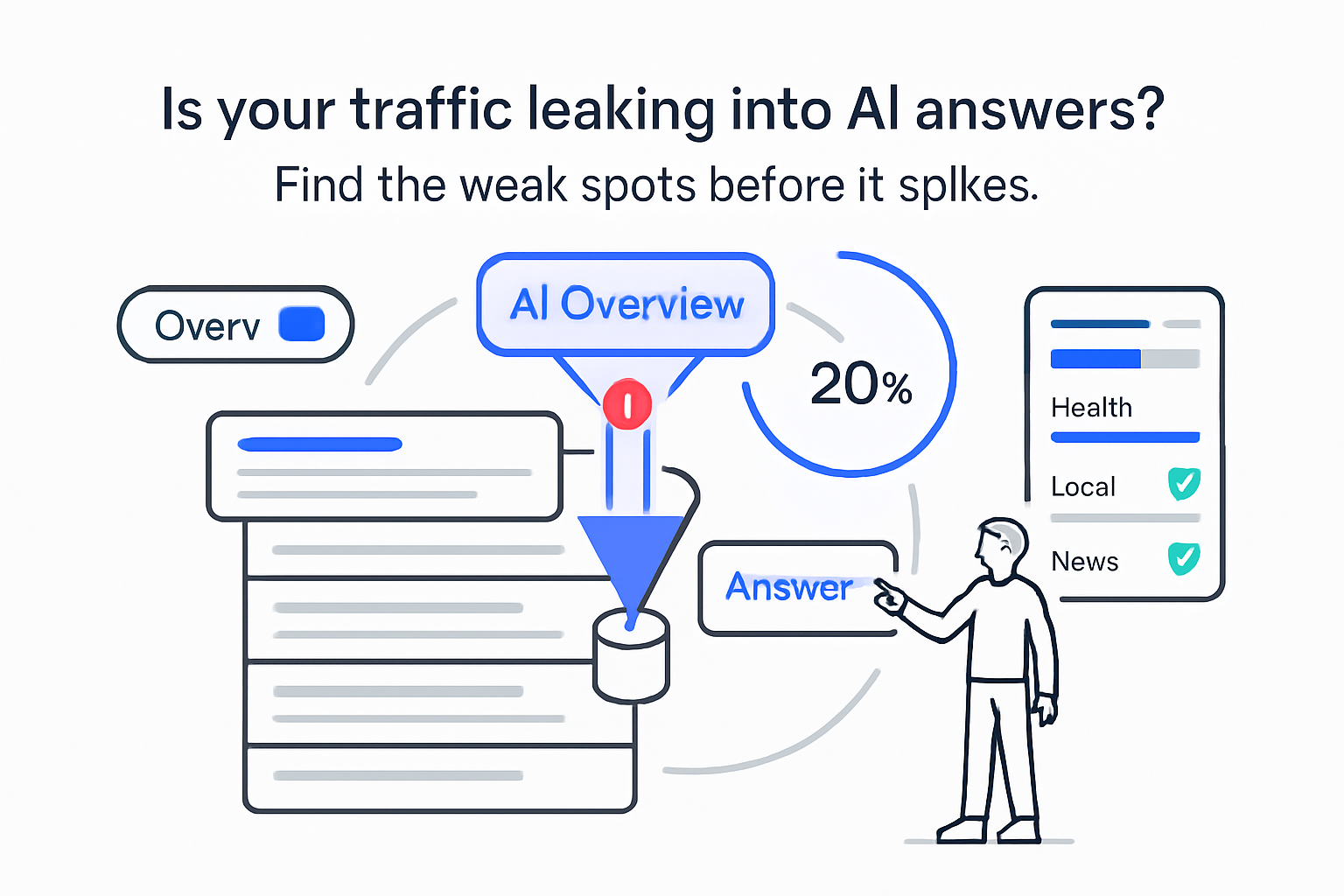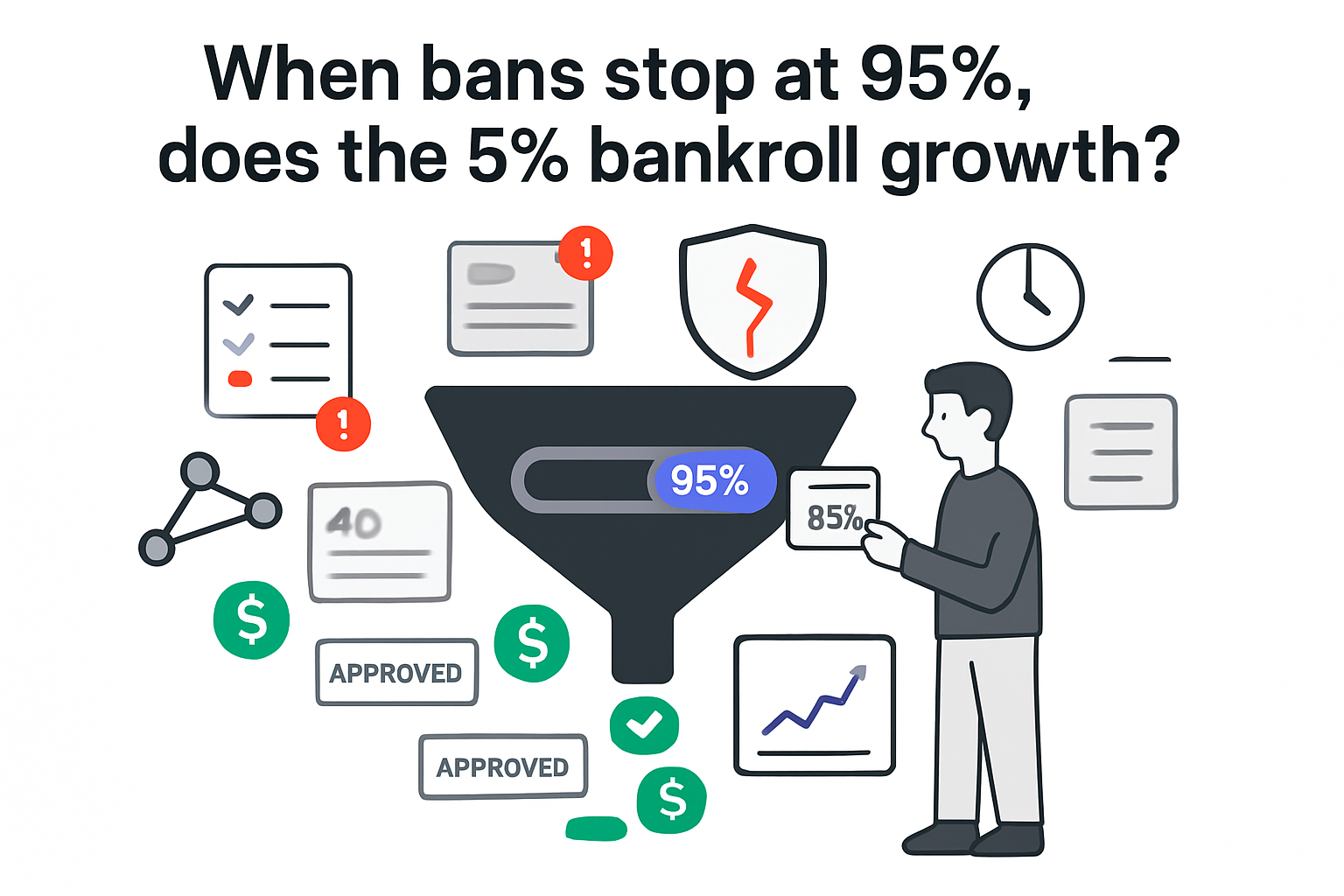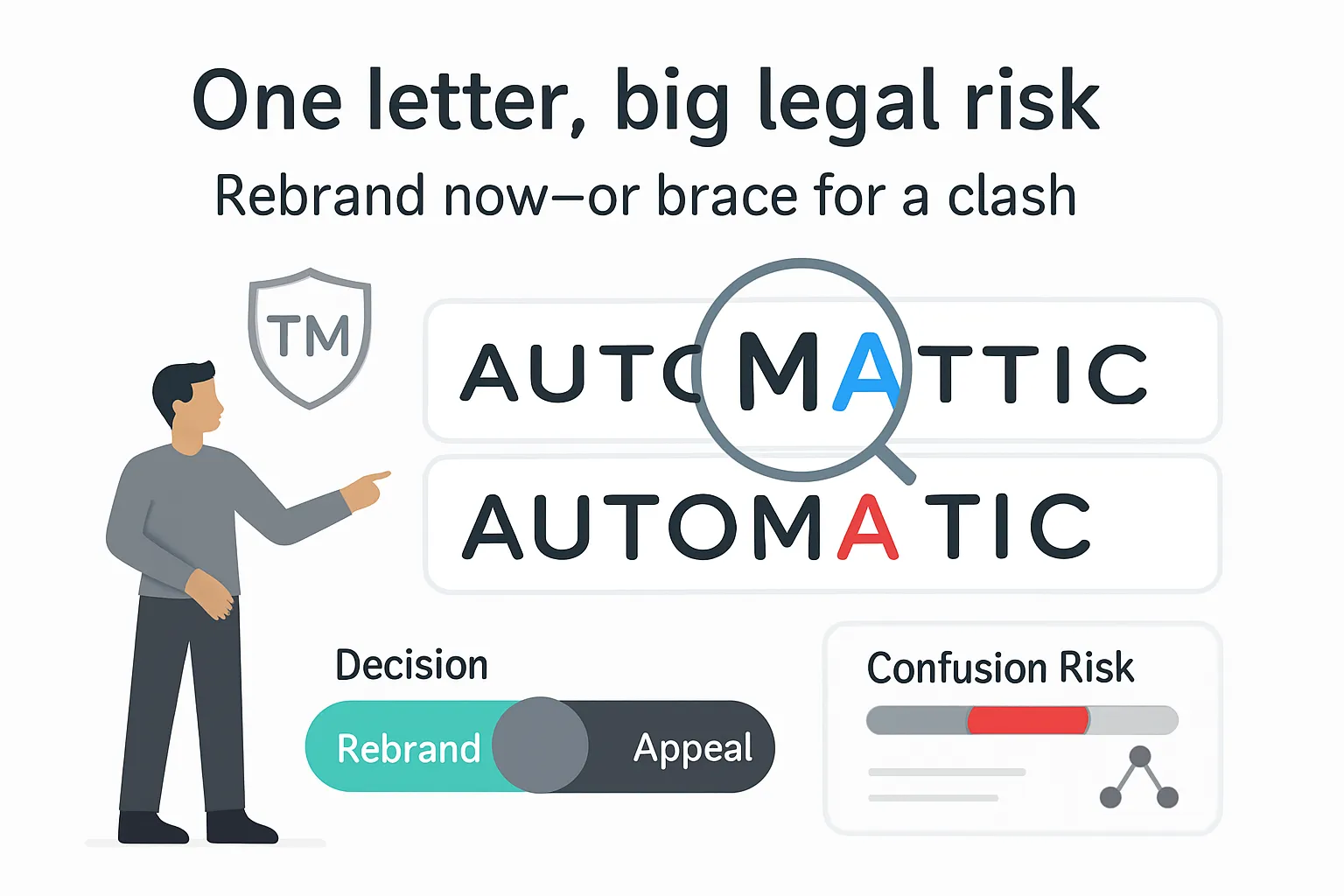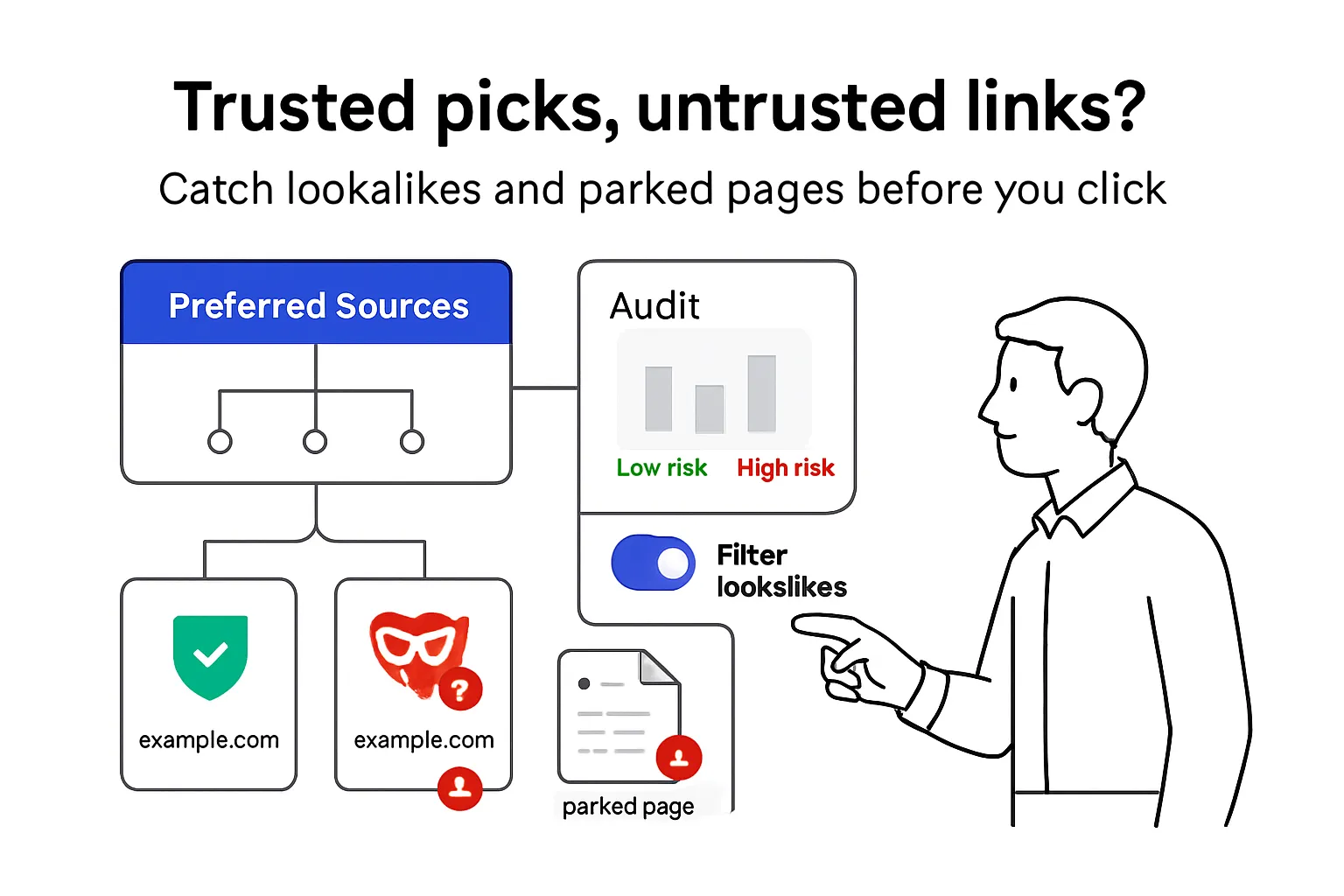In a study that analyzed 146 million search results, Ahrefs reports that Google's AI Overviews appear on 20.5% of queries. Exposure is much higher for questions, longer queries, and health topics, and lower for local and time-sensitive news.
Google AI Overviews: Executive Snapshot
Ahrefs measured where Google's AI Overviews (AIOs) appear across 86 keyword attributes. Presence concentrates in informational, longer, and question-based queries, with wide variance by topic and limited exposure on local and fast-moving news terms.
- Overall presence: 20.5% of keywords trigger an AI Overview. 7+ word queries: 46.4%. Single-word queries: 9.5%.
- Format effect: question-form queries trigger AIOs 57.9% vs 15.5% for non-questions.
- Category spread: medical YMYL 44.1%, health 43.0%, science 43.6% vs shopping 3.2%, real estate 5.8%.
- Geography and time sensitivity: local queries 7.9% vs non-local 22.8%. Very newsy queries 6.3% vs non-news 20.7%.
- Commercial signals: no meaningful correlation between cost-per-click (CPC) and AIO presence. Rates range 12.4% to 27.6% across CPC bands.
- Brand: non-brand 24.9% vs brand 13.1% trigger rates.
Implication: informational and how-to portfolios face the highest AIO exposure. Local, brand, and breaking-news portfolios are materially less affected.
Method and Source Notes
Ahrefs analyzed 146 million Google search engine results pages (SERPs) to detect whether an AI Overview was present and correlated AIO appearance with 86 keyword characteristics such as query length, question format, intent labels, industry categories, brand vs non-brand, local and news sensitivity, and CPC bands. The analysis reports trigger rates by attribute and comparative differences across segments. It does not measure clicks, traffic impact, or revenue outcomes. The post does not specify geography or device mix, timeframe of collection, or whether search volume weighted averaging was used. AIO presence varies over time and by user context, so treat the results as a large-sample snapshot. For details, see the full analysis.
Findings: where AI Overviews appear and where they do not
Ahrefs reports a 20.5% overall AIO trigger rate across its sample. Trigger probability rises sharply with complexity and conversational phrasing: 7+ word queries trigger AIOs 46.4% vs 9.5% for single-word queries. Question-form queries trigger AIOs 57.9% vs 15.5% for non-questions. AIOs are concentrated on informational intent. Navigational intent shows near-zero trigger rates at approximately 0.09%, with commercial and transactional intents much lower than informational at 4.3% and 2.1% respectively.
Topically, scientific and health-related searches show elevated AIO presence: science 43.6%, health 43.0%, pets and animals 36.8%, people and society 35.3%. Commerce-adjacent categories are low: shopping 3.2% (lowest observed), real estate 5.8%, sports 14.8%, news 15.1%. For sensitive topics, Your Money or Your Life (YMYL) exposure is high in medical at 44.1%, with financial 22.9% and safety 31.0% also elevated relative to the average.
AIOs are comparatively rare on time-sensitive and local intent. Very newsy queries show 6.3% AIO presence vs 20.7% for non-news, and local queries show 7.9% vs 22.8% for non-local. Mature-content categories are mostly de-emphasized: adult 1.5%, gambling 1.4%, violence 7.7%, drugs 12.6%. Brand terms also reduce AIO presence: non-brand 24.9% vs brand 13.1%. CPC levels show no meaningful relationship to AIO presence. Trigger rates cluster between 12.4% and 27.6% regardless of CPC tier.
Interpretation and Implications
Likely
- Informational content portfolios, especially long-tail and question-led queries, face higher exposure to AIO competition. Expect greater risk of cannibalization in the AI answer layer for how-to and explainer formats, and prioritize features that earn citations such as clear definitions, concise summaries, diagrams, structured data, and authoritative sourcing.
- Local and breaking-news publishers face lower AIO overlap. Visibility remains more dependent on map packs, local listings, Top Stories, and real-time freshness signals than on the AIO layer.
- Brand search is less likely to trigger AIOs. Maintain brand SERP control via sitelinks, knowledge panels, and reputation or ratings elements. AIOs are less of a displacement factor here.
Tentative
- Medical and other YMYL categories show high AIO presence despite safety concerns. Producers of medical content may need stronger evidence signals such as high-quality citations, expert review, and clear disclaimers to be surfaced as sources within AIOs.
- Paid CPC levels do not predict AIO presence, suggesting exposure management is primarily an organic and query-shape issue rather than a bid or auction issue.
Speculative
Features that turn complex questions into tools, calculators, or interactive experiences may be less replicable in an answer box and can help diversify beyond AIO-summarized prose. This is directional and not measured in the dataset.
Contradictions and Gaps
- YMYL exposure appears high in medical at 44.1%, which sits uncomfortably with Google's public emphasis on caution in health, finance, and safety. The data tracks presence, not quality or correctness, so it cannot address safeguards within those AIOs.
- Intent breakdowns in public summaries can blur share of AIOs vs trigger rate by intent. The directional takeaway holds that informational dominates and navigational is near zero, but avoid over-interpreting overlapping percentages without denominators.
- Unknowns include geography, device mix, logged-in state, personalization, and time window. AIO presence is volatile and may change rapidly. The study is a large snapshot, not a longitudinal panel.
- Presence does not equal impact. The study does not include click-through rates, scroll depth, or downstream traffic loss. Business impact will vary by snippet design, source citations, and competing SERP features.








.svg)